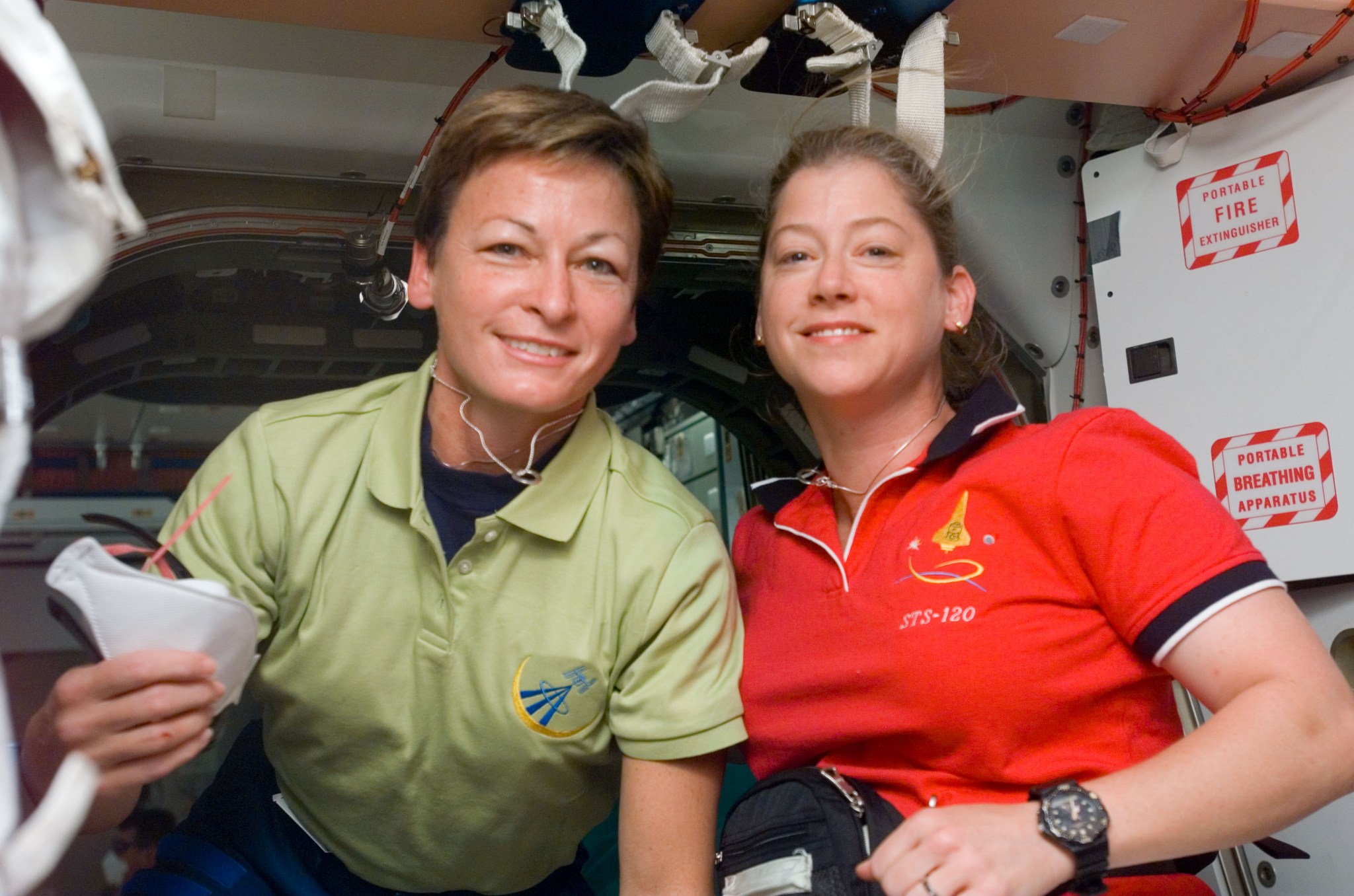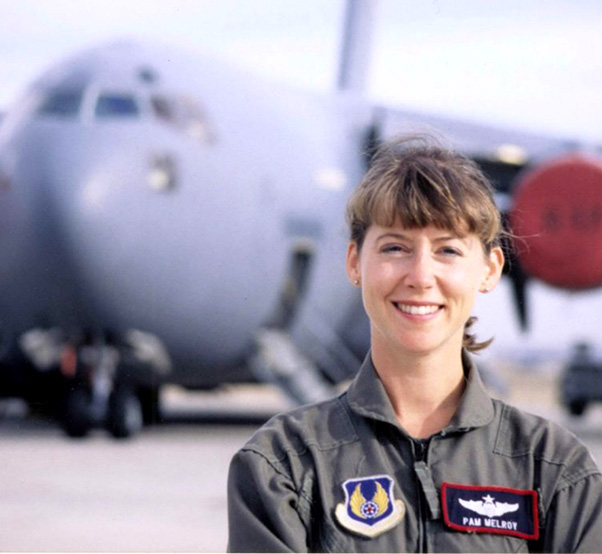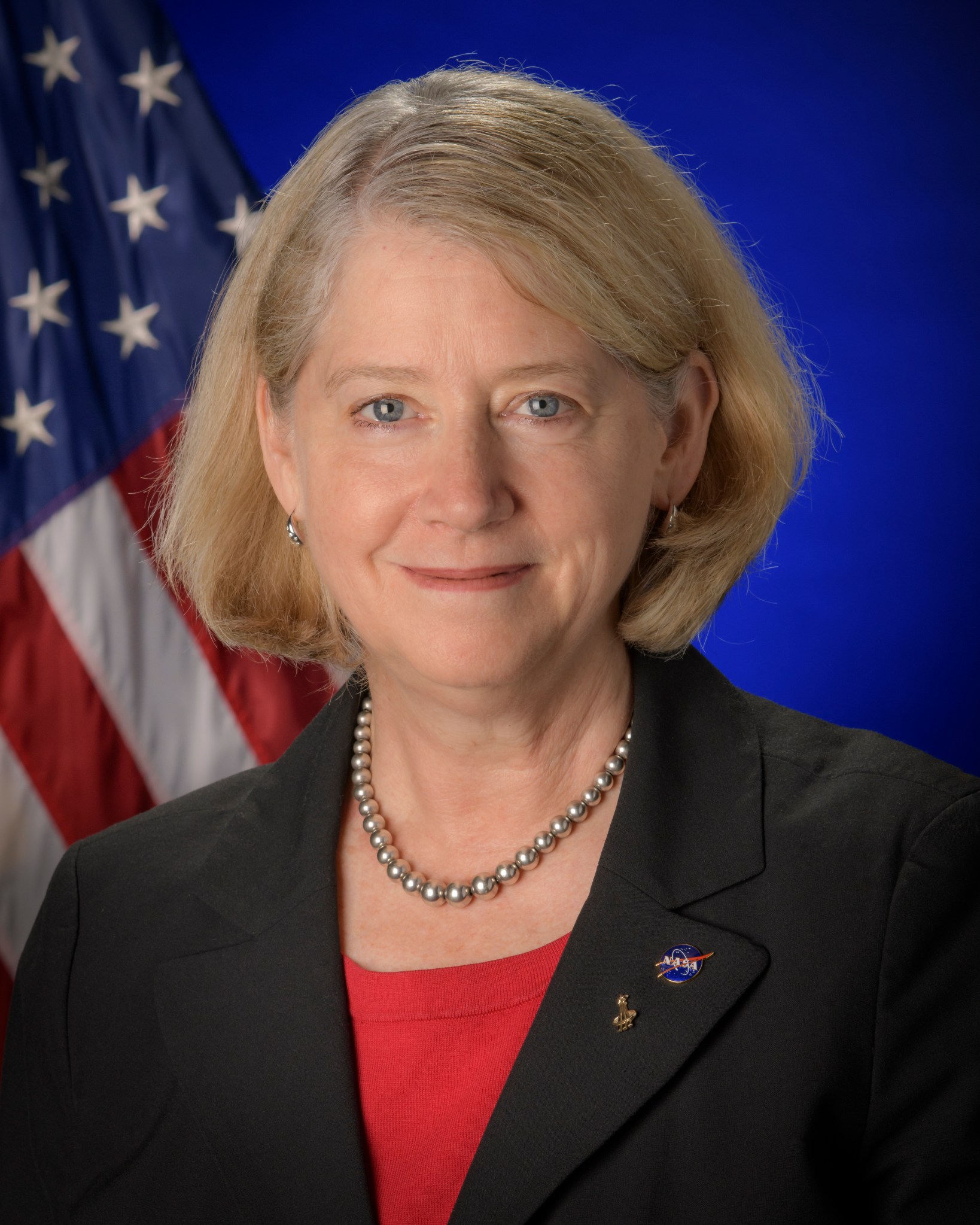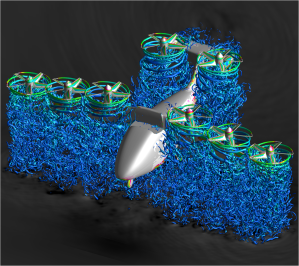
“Be ready to meet the expected and prepare for the unexpected.” Those are the words of NASA Deputy Administrator Pam Melroy as she spoke virtually at a recent safety Day at NASA’s Armstrong Flight Research Center in Edwards, California.
Highlighting some of the agency’s top priorities for a very busy year, Melroy mentioned preparing for the launch of the Artemis mission, bringing the James Webb Space Telescope online and capturing the first science with it, and closer to home at NASA Armstrong, preparing to fly the X-59 supersonic aircraft and the all- electric X-57 Mod II.
Before she was selected as a NASA astronaut, piloted two space shuttles, and commanded an orbiter’s mission, Melroy was a U.S. Air Force test pilot. It was there that safety was instilled in her, including best practices and recognizing that some factors are outside people’s ability to control, such as weather.
Melroy is familiar with Edwards Air Force Base, where she graduated from the Air Force Test Pilot School in 1991. Her first assignment was to the Air Force Test Center at Edwards Test Operations, and she talked about her work with the C-17 Combined Test Force. The C-17 was in developmental testing and Melroy oversaw structural testing.
“We loaded the aircraft with weird cargo configurations, test modes, and maneuvers,” she said. “We tested the aircraft at 80% of its load limits and then we did analysis, while defining define the 100% load limit.”

On one particular flight, conditions were not right for the tests, leading the team to complete a maneuver that was briefed, but not practiced. To make matters worse, it was nearly sunset.
“The C-17 was one of first heavy aircraft to use fly-by-wire controls,” she explained. “It was not always predictable. We did the maneuver, and every light went off on the warning panel. We took a step back, reset the electronic controls, and determined we had exceeded the aircraft’s load limits. We completed a full flight controllability check and then we landed 30 minutes after sunset in total dark. It was not an ideal situation.”
The decisions leading to that situation are attributed to rushing to meet an artificial deadline.
“There was some complacency late in the program. Most test mishaps do not happen in middle of challenging test card, because everyone is very focused. It’s when there are transitions, or when the team is doing something that isn’t that challenging where situations can arise.”
It was comfort that led to the maneuver that wasn’t flown it in the simulator and here’s the real surprise – the maneuver resulted in the aircraft reaching 138% of its design limit.
When Melroy commanded space shuttle Discovery in October 2007, she had to weigh options to repair to a solar array.
“When it was unfurled, it was snagged and started to tear,” she recalled. We stopped and it was like a boat with the sail halfway up. It is a terrible place to be as commander and decide to repair the solar array, as it violated safety rules. I weighed potential risk during a spacewalk versus the present risk.”
Mission specialist Scott Parazynski, who was balancing on an extended robotic arm, worked to put the first stitch in the array without touching it. It was not obvious to him, but Doug Wheelock was watching closely and was able to alert Parazynski to look out as the solar array was about to strike him.
“Often times doing hazardous operations, the team focuses on the hazardous and misses the big picture,” Melroy said. “All of us play a part. It is on all of us to keep our eyes wide open.”
Melroy extended one more piece of advice – wait until the danger is over before celebrating. The crew wanted to celebrate the major accomplishment of repairing the solar array, but Melroy reminded everyone to hold off until the spacewalkers were safely through the airlock.
“It’s after, or in between, when everything is fine and seems normal, or something you’ve done all the time, when complacency gets you,” she said.





























